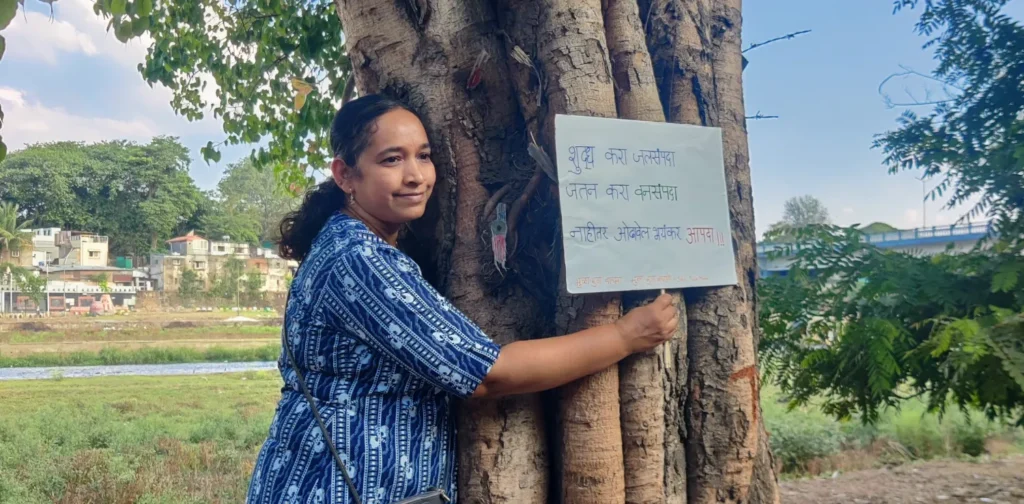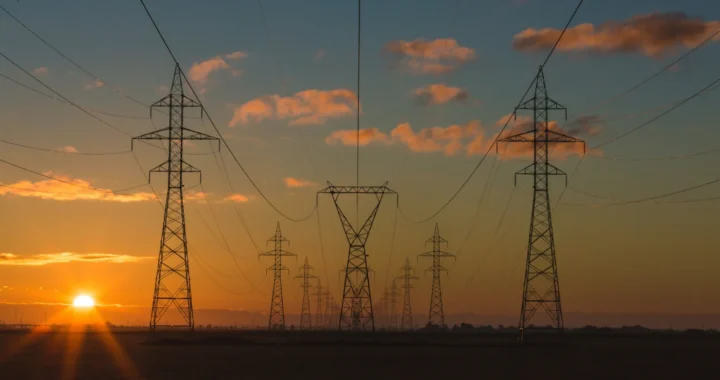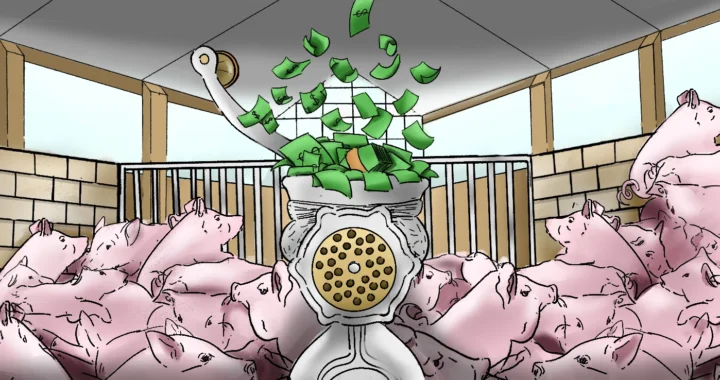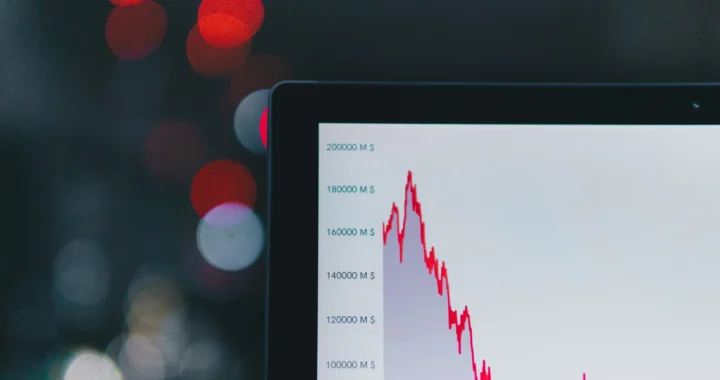Chipko Movement, the Anti-Deforestation Tree-Hugging Protest by Rural Women in India

Photo: Chipko Movement in protest of the RFD Project of Pune on Wikimedia
Deforestation has long threatened the natural balance between humans and nature. This destruction not only disrupts ecosystems but also endangers the livelihoods of local communities. In India, the widespread deforestation in the Himalayan region led to growing concerns over environmental degradation. In response, the women of rural Himalayan areas initiated the Chipko Movement by hugging trees to prevent them from being cut down.
Chipko Movement
The Chipko Movement, also known as the Chipko Andolan, is named after the word “chipko” in Hindi, meaning to hug or to cling to. This movement is a nonviolent social and ecological movement led by rural villagers, particularly women, to protect India’s forests. The physical act of hugging trees symbolizes the protection of trees from being cut down due to government-backed logging.
The Chipko Movement began in the early 1970s in the village of Mandal, Uttarakhand, India. At the time, government policies highly supported commercial logging, leading to growing deforestation. Women, whose lives were deeply impacted due to their dependence on forests for firewood, fodder, and water, initiated the movement as a grassroots response to the anthropogenic environmental degradation. Under the leadership of Gaura Devi, the women formed a human chain around the trees, physically embracing them to prevent their destruction.
The movement made waves. It quickly spread across the Himalayan region and played a significant role in shaping national forest conservation policies.
Women’s Role as Leaders and Protectors
Women were at the heart of the Chipko Movement, taking on roles as both leaders of their communities and protectors of their environment.The movement became a platform for women to develop leadership skills and gain self-confidence. Women like Gaura Devi emerged as prominent figures, leading protests and mobilizing communities to safeguard forests.
At the same time, the Chipko Movement challenged patriarchal norms that often excluded them from decision-making roles. Studies reveal that only 3.38% of Indian women participate in decision-making independently. However, through the Chipko movement, they proved that given the opportunity, women can lead, protect, and drive meaningful change.
Their determination not only saved countless trees but also inspired future generations of women and young girls to take active part in environmental activism and decision-making processes.
Lasting Impacts
The Chipko Movement left a lasting impact on environmental policies by putting pressure on government action and inspiring grassroots activism. It led to the 15-year ban on green felling in the Himalayan forests of Uttar by Prime Minister Indira Gandhi in 1980. This ban was later extended to other states, like Himachal Pradesh and Karnataka. Additionally, the Forest Conservation Act of 1980 was enacted to regulate deforestation and prioritize forest conservation across India.
The Chipko Movement also inspired similar environmental initiatives worldwide, such as Japan’s Mount Takao protests and Sweden’s environmental activism in the late 20th century, by showcasing the power of nonviolent movement.
All in all, the success of the Chipko Movement showcases the power of grassroots movements. Beyond that, it also highlights the importance of integrating the voices of local communities in conservation efforts, climate actions, and policy-making for people and the planet that leaves no one behind.
Editor: Nazalea Kusuma

If you find this content useful, please consider subscribing to Green Network Asia.
Your subscription will give you access to our interdisciplinary and cross-sectoral insights on sustainability-related issues and sustainable development across the Asia Pacific and beyond, strengthening your personal and professional development while supporting GNA’s financial capacity to continue publishing content dedicated to public education and multi-stakeholder advocacy.
Select Your Subscription Plan

 Developing Financing Initiatives for the ASEAN Power Grid
Developing Financing Initiatives for the ASEAN Power Grid  Imparting Actionable Knowledge Through Sustainability Training Activities
Imparting Actionable Knowledge Through Sustainability Training Activities  Stop Funding Factory Farming in Vietnam: Pathway to Financing a Just and Sustainable Food System
Stop Funding Factory Farming in Vietnam: Pathway to Financing a Just and Sustainable Food System  When Green Turns Excessive: The Overproduction and Overconsumption of Reusables
When Green Turns Excessive: The Overproduction and Overconsumption of Reusables  SDG Venture Scaler Aims to Drive Sustainable Investment in Southeast Asia
SDG Venture Scaler Aims to Drive Sustainable Investment in Southeast Asia  Improving Primary Education in Central Asia
Improving Primary Education in Central Asia